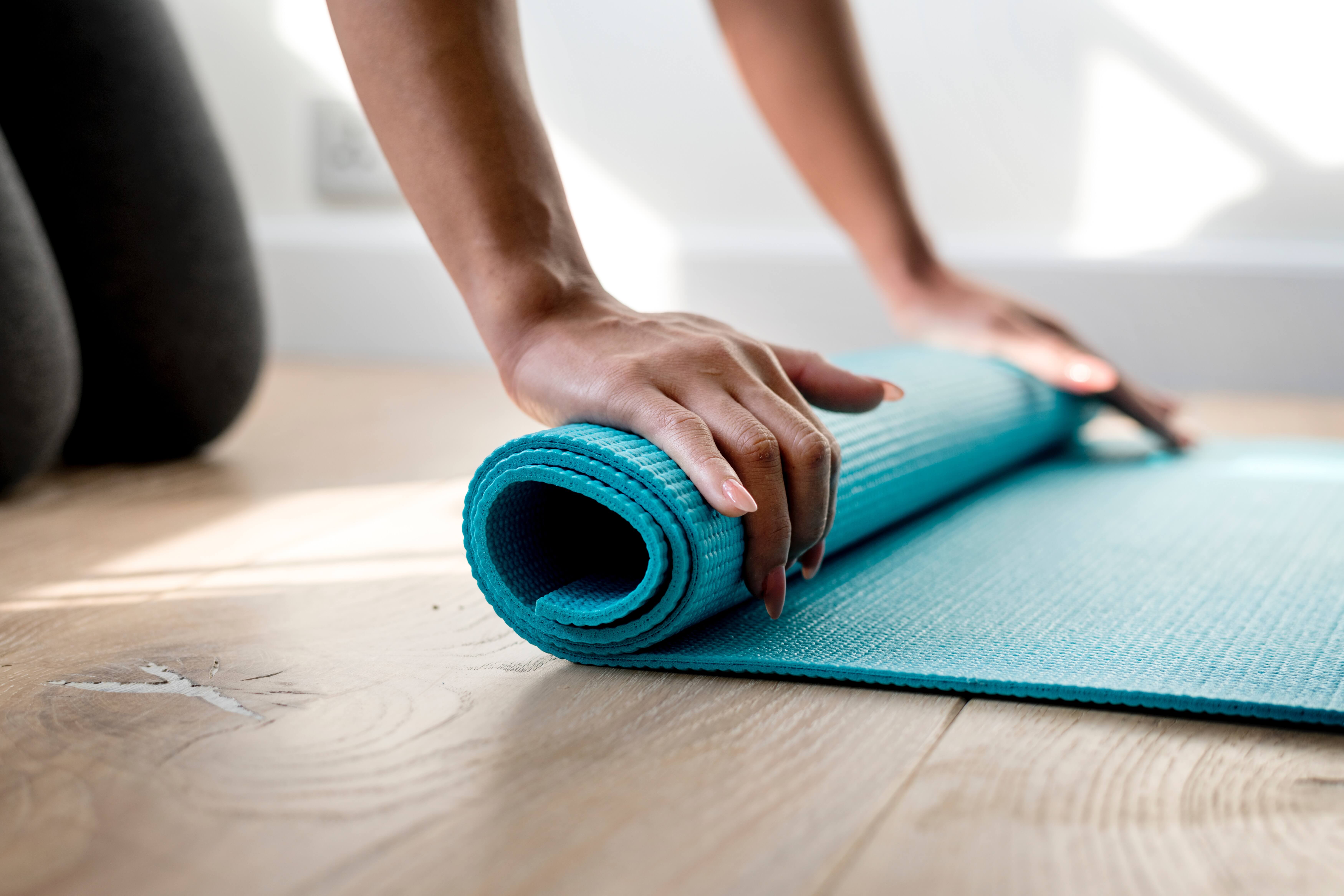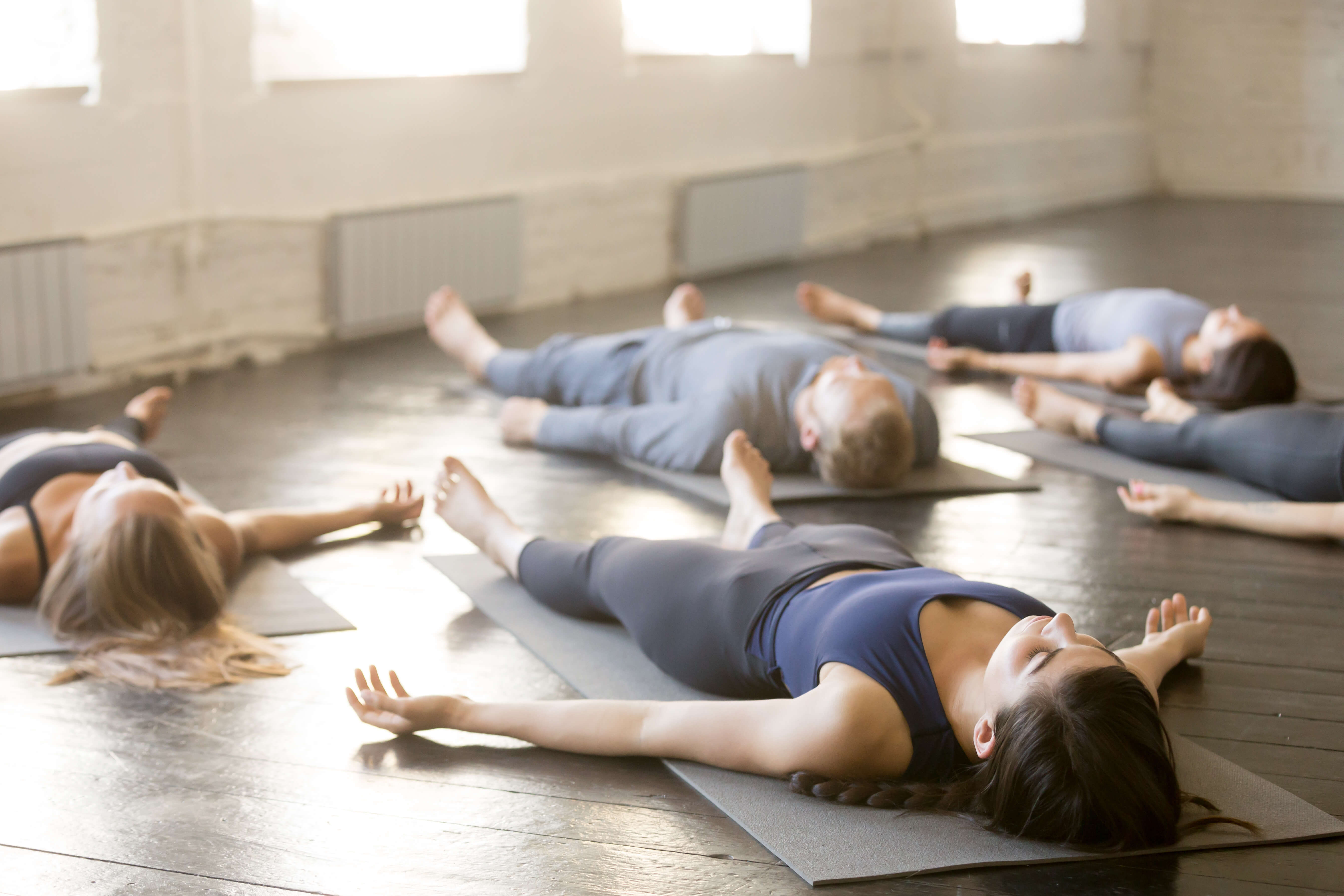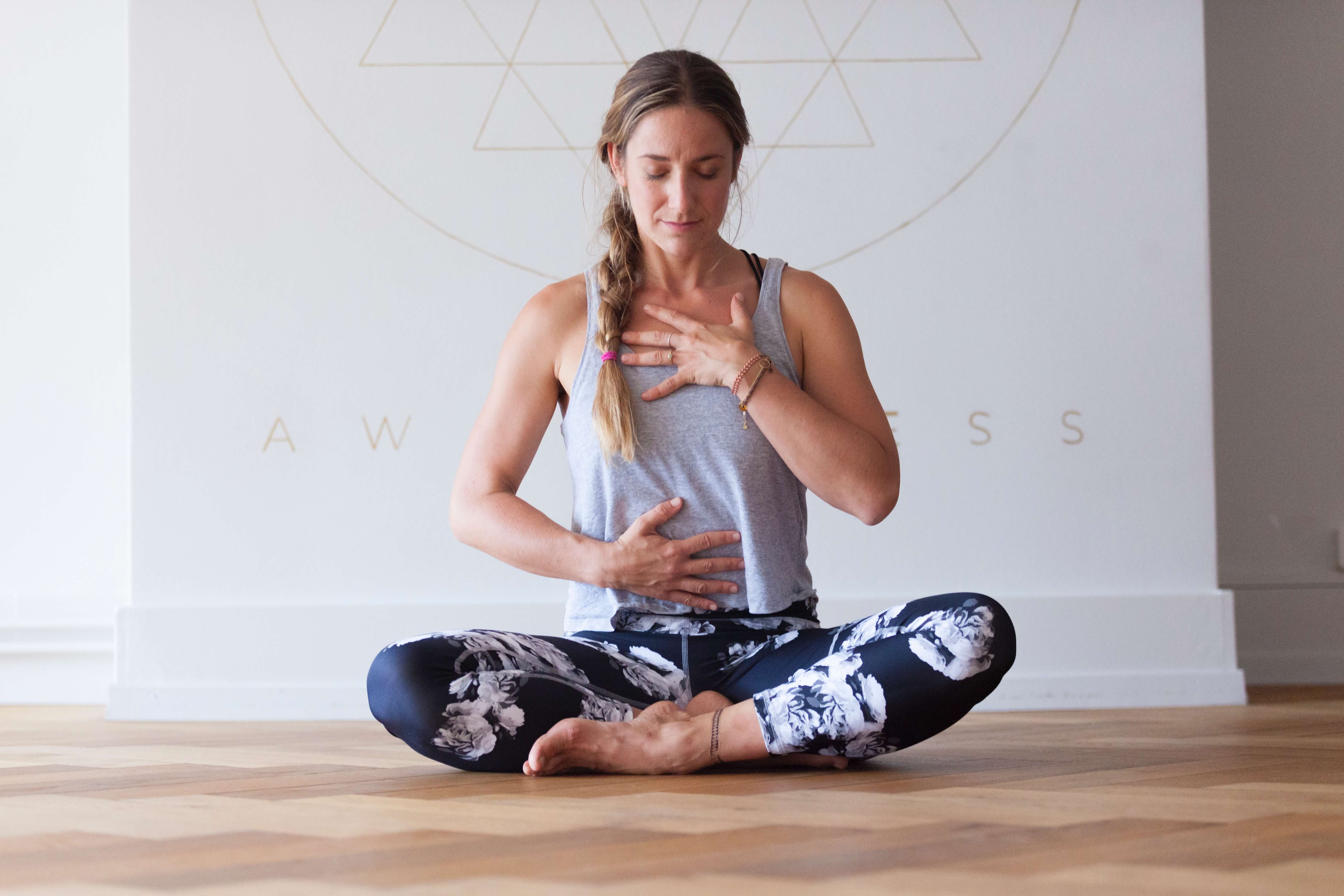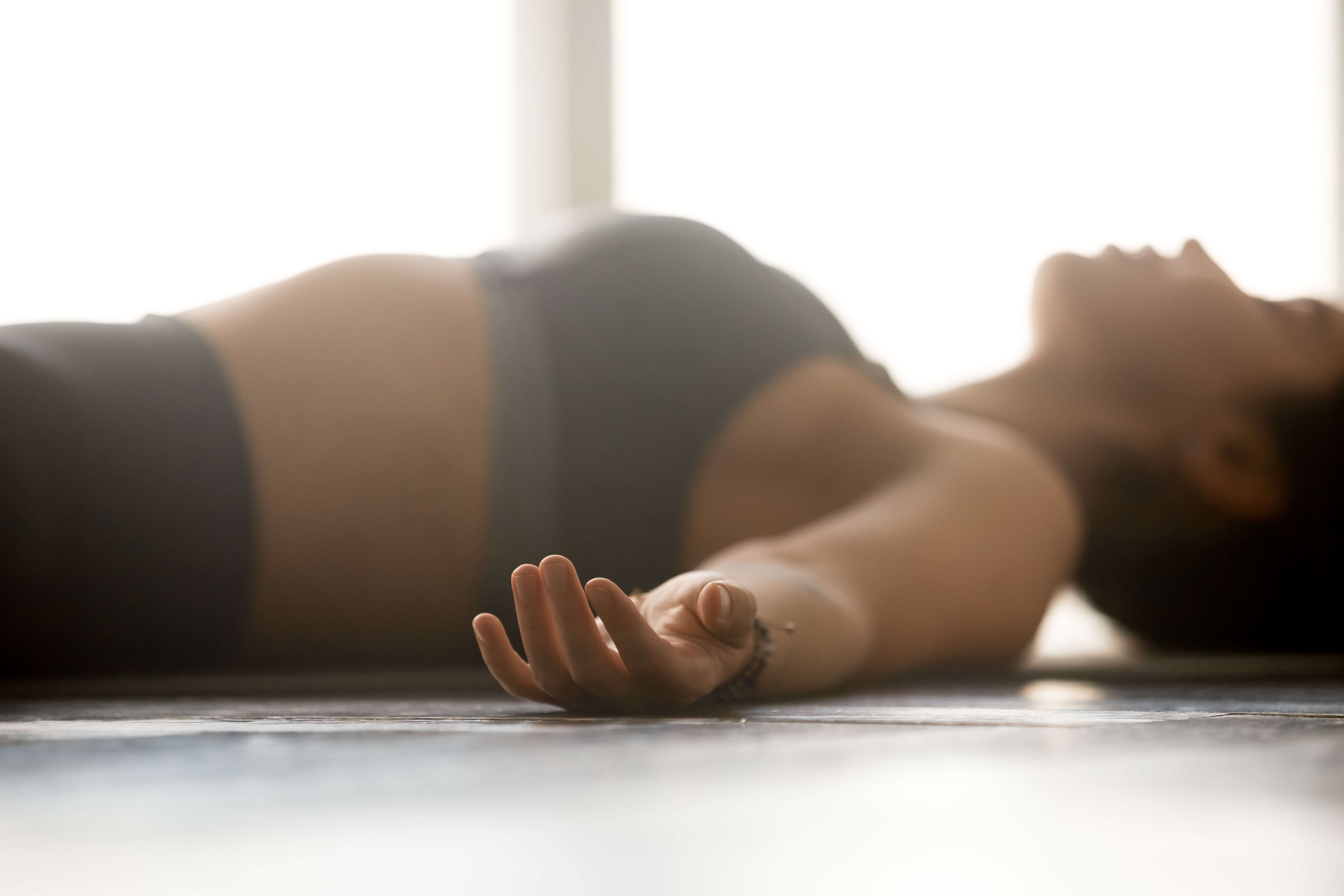Yoga Nidra is the yoga of sleep. It is a practice that puts the body in a place between fully asleep and fully awake. A dreamlike state the helps the body to rest, recover, and unwind the tension of the day. Every person needs yoga nidra whether or not you practice physical asanas (the physical movements of yoga). This is because yoga nidra has been shown to decrease anxiety, stress, reduce pain, and improve sleep. In our fast paced, go, go, go world, yoga nidra can help undo all of the doing that you do every single day. It is so simple. Let’s talk through 9 steps to yoga nidra.
[membership_video pid=’298625389′ fid=’298625389′]
Before we even begin.
Keep in mind that yoga nidra is a practice of yoga where the goal is to be aware and focused on different aspects of the room around you and in the internal you. While it is tempting, try not to fall asleep during the practice. If you start to get sleepy, remind yourself: “I am awake and relaxed. I am practicing yoga nidra.”
Get ready and relax.

Find a place that is quiet and serene where you can be assured that you will not be bothered for 30 minutes or so. If possible, be sure that the room is dimly lit. Wear clothes that are comfortable for you that you can freely breathe in.
Lay down on a mat in savasana (corpse pose, flat on your back with your palms toward the ceiling). If this is not possible, sit comfortably in a chair or on the floor. Take three deep breaths and begin the practice of yoga nidra.
Bring your awareness to the sounds in the room. Simply focus on what you hear with ease. Move your attention from sound to sound, focusing first on the sounds farthest away and moving slowly to the sounds closest to you.
Breath awareness.

Become aware of your natural breath flowing in and out of you without any effort. Allow your breath to lengthen and become softer. Slow inhalation, slow exhalation, noticing the slight pause at the end of the exhale. Lengthen the breath once more, and then allow your breathing to return to normal.
Sankalpa.
We now set an intention for our practice of yoga nidra. Your sankalpa, or resolve, should be a short positive statement in simple language. Make it something that is easy for you to remember and repeat throughout the practice. Say your sankalpa to yourself three times in your head.
Rotation of consciousness.
We now begin a journey around the body. Bring your awareness to the crown of your head. Your forehead. Your eyebrows. The tops of the ears. The nose. Continue to rotate your awareness down your entire body. Only bring the awareness to this area. Do not attempt to move anything in the process.
Opposite sensations.

In this section we explore opposite sensations such as hot and cold, calm and stress, happiness and sadness. Here is an example script for heaviness and lightness.
Imagine that your entire body becomes light. As though you could float off of your mat into the air; as if the entire body is weightless. Once you reach the top of the float, now start to feel the heaviness of your body. Feel the weight of your body parts on the mat.
Inner space visualization.
We now turn our focus totally inward.
Concentrate on the space in front of your closed eyelids. Imagine that there is a transparent screen like a movie theatre in front of your eyelids. Concentrate on this space and see any visualizations that appear: colors, patterns, light. Be aware of the images but do not become attached to them. Simply allow them to be.
Rapid image visualization.
In this section we rapidly change our mind’s eye to focus on different images. Here are some ideas: a red desert, a peacock feather, a doctor’s office, a full moon, your reflection in the mirror, a foggy morning, your body lying on the floor.
Repeat sankalpa.
Now repeat the resolve that you created in the beginning of the yoga nidra. Repeat the statement several times in your mind as you allow the breath to flow freely.
Return to the body.

Bring your awareness back into your body. Feel the breath flow in and out the of nostrils. Maintain the awareness of your inner body and develop the awareness of your physical body as well. Slowly move the hands and feet. Take a deep breath. When you are fully awake again, gently open your eyes.
And there you have it: 9 steps to yoga nidra.
Do you have any form of restorative and relaxation practices? Comment below and let me know how you recharge after long, stressful days.
Love yoga nidra? Come read my blog post about how it improves sleep, reduces stress, and so much more!
Want to learn more about how you can work to relieve the stress following trauma? Come check out this blog post.












